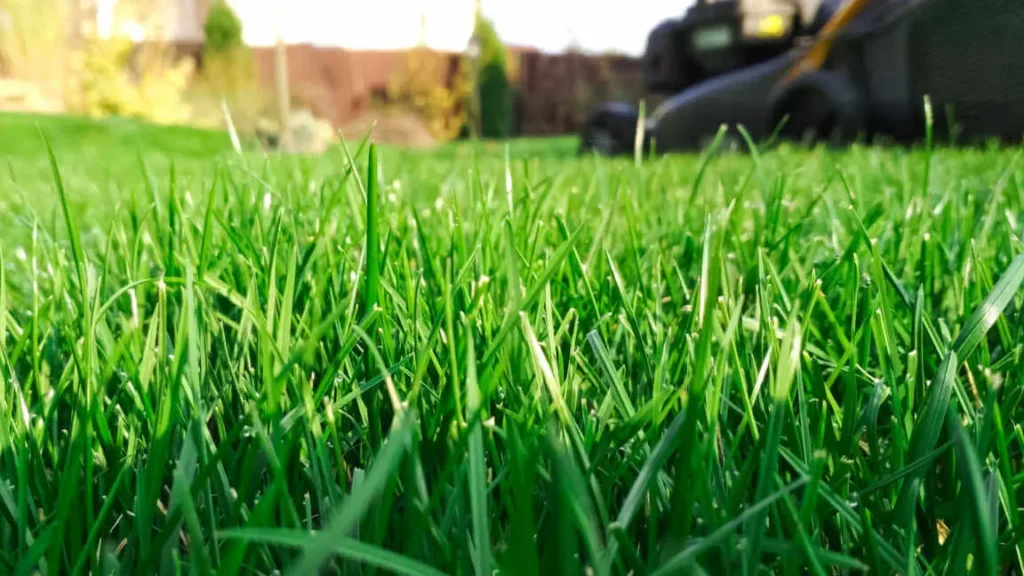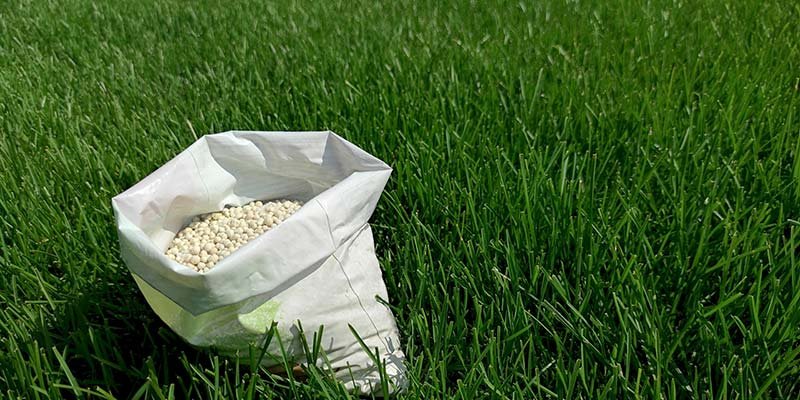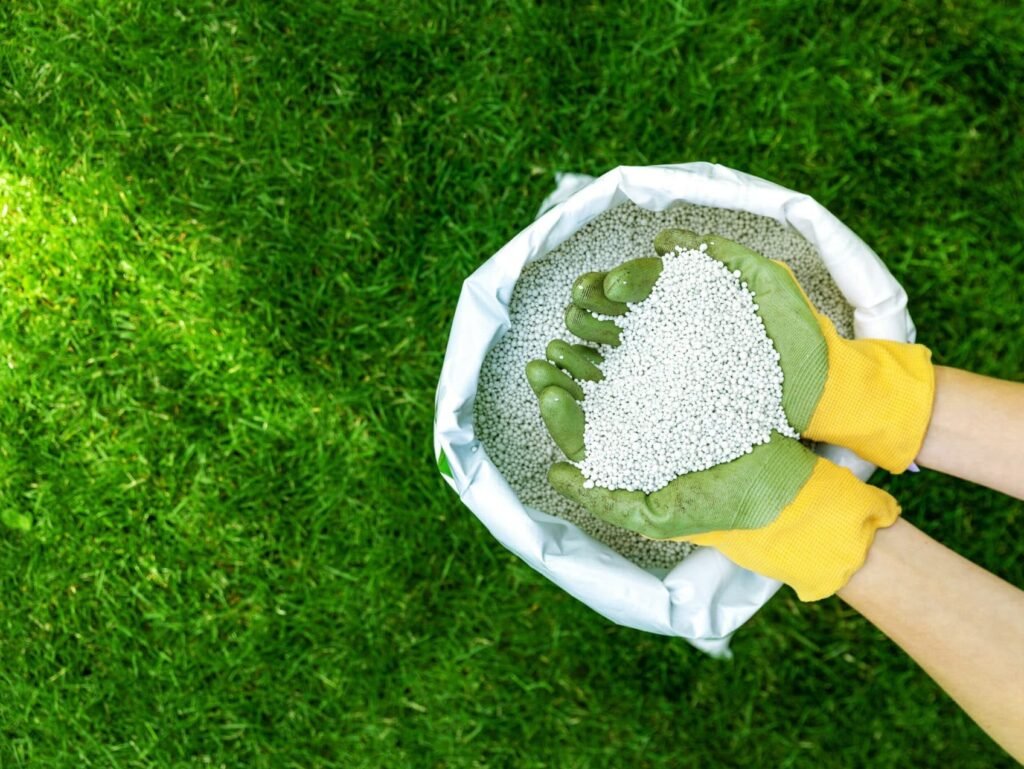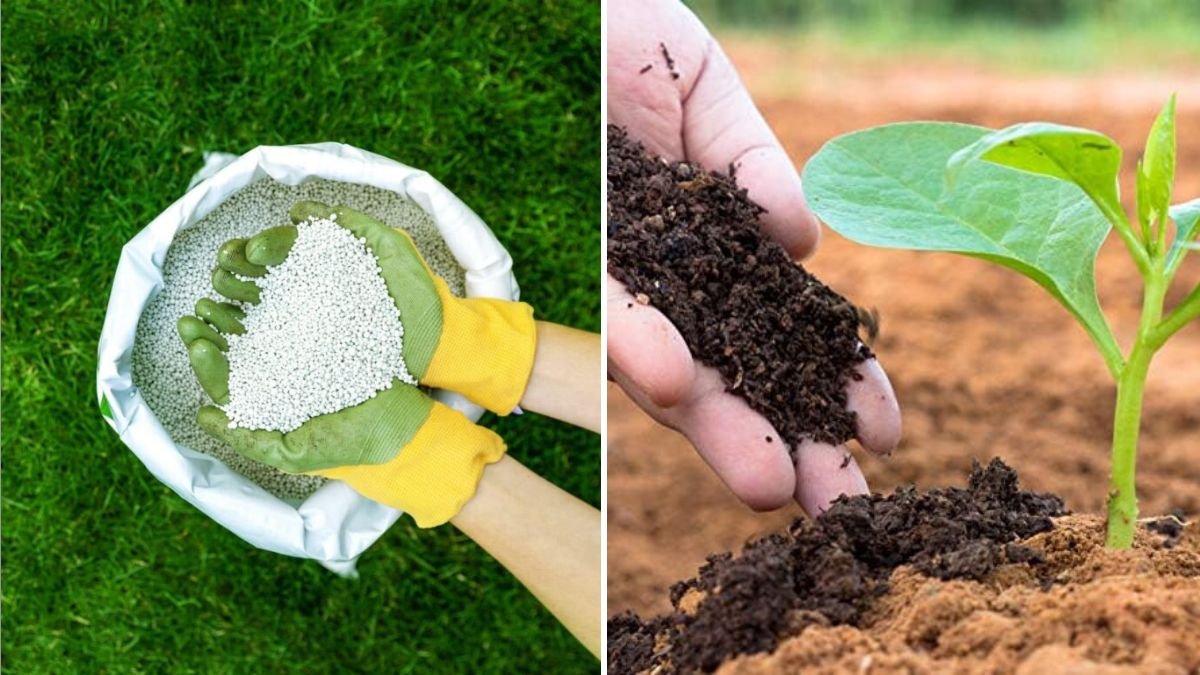A lush, green lawn is the pride of many homeowners, but keeping grass healthy often requires more than just water and sunshine. Fertilizers provide the nutrients turf needs to thrive, repair damage, and maintain vibrant color. But here’s the big question: should you use organic or synthetic fertilizers?
Both options have advantages and drawbacks, and the right choice depends on your goals, budget, and long-term vision for your lawn. This guide breaks down how each fertilizer works, their pros and cons, and expert tips to help you decide which approach is best for your yard.
What Do Lawn Fertilizers Do?

Fertilizers deliver three main nutrients essential for grass growth:
- Nitrogen (N): Promotes lush green blades and vigorous growth.
- Phosphorus (P): Supports root development and seedling strength.
- Potassium (K): Improves disease resistance, drought tolerance, and overall hardiness.
Without sufficient nutrients, lawns can look patchy, dull, or thin. Fertilizers—whether organic or synthetic—help restore balance and encourage uniform growth.
Organic Lawn Fertilizers
What they are:
Organic fertilizers are derived from natural sources such as compost, bone meal, blood meal, manure, kelp, or other plant and animal byproducts. Instead of instantly releasing nutrients, they gradually break down in the soil, feeding grass over time.
Pros of organic fertilizers:
- Soil health improvement: They enrich soil with organic matter, boosting microbial activity and long-term fertility.
- Slow, steady feeding: Nutrients release gradually, reducing the risk of burning grass.
- Eco-friendly: Made from renewable resources and less likely to contribute to water pollution.
- Safer for kids and pets: Generally considered safer because they lack harsh chemicals.
Cons of organic fertilizers:
- Slower results: Visible greening may take weeks compared to days with synthetics.
- Variable nutrient content: Nutrients aren’t always evenly balanced, so results can be less predictable.
- Higher cost: Often more expensive upfront.
- Application challenges: Can be bulkier, smell stronger, and may attract pests like flies.
Synthetic Lawn Fertilizers

What they are:
Synthetic (or chemical) fertilizers are manufactured using inorganic compounds designed to deliver precise amounts of nutrients. They’re formulated to release quickly or slowly, depending on the product.
Pros of synthetic fertilizers:
- Fast results: Lawns often green up within days.
- Controlled nutrient ratios: Exact NPK ratios provide predictable results.
- Lower cost per bag: Often cheaper than organics for the same coverage area.
- Convenient application: Lightweight, uniform pellets or liquid formulas make spreading easy.
Cons of synthetic fertilizers:
- Soil degradation: Over time, they can harm beneficial soil microbes and organic matter.
- Higher risk of lawn burn: Fast nutrient release can scorch grass if over-applied.
- Environmental risks: Excess nutrients may leach into waterways, contributing to pollution.
- Short-term boost only: Doesn’t improve long-term soil health; lawns may become “dependent.”
Key Differences at a Glance
| Feature | Organic Fertilizer | Synthetic Fertilizer |
|---|---|---|
| Source | Natural (plant/animal byproducts) | Chemically manufactured |
| Speed of Results | Slow, weeks | Fast, days |
| Soil Health | Improves long-term fertility | May degrade soil life |
| Cost | Higher upfront | Lower upfront |
| Environmental Impact | Low, eco-friendly | Higher runoff risk |
| Safety for Kids & Pets | Generally safe | Can be hazardous if ingested |
| Application Frequency | Less frequent | More frequent |
Which Should You Choose?

The decision depends on your priorities:
- Choose organic if:
- You want to build healthy soil for the long term.
- You have kids or pets playing on the lawn.
- You prefer eco-friendly, natural gardening methods.
- You don’t mind waiting a bit longer for visible results.
- Choose synthetic if:
- You need quick results (e.g., before an outdoor event).
- You want precise control over nutrient levels.
- You’re working with a limited budget.
- You’re comfortable with more frequent applications.
Expert Tips for Using Lawn Fertilizers

- Test your soil first: Before applying any fertilizer, use a soil test kit to determine what nutrients your lawn truly needs. This prevents waste and over-application.
- Apply at the right time: Fertilize in spring and fall when grass is actively growing, not during drought or dormancy.
- Water properly: Light watering after fertilizing helps nutrients soak in, but avoid overwatering that can wash them away.
- Follow instructions: Whether organic or synthetic, more is not better. Over-fertilizing stresses the lawn and harms the environment.
- Consider a hybrid approach: Many homeowners use both—synthetic for quick greening and organic for long-term soil health.
The Hybrid Approach: Best of Both Worlds?
For many lawns, the smartest solution is a combination of organic and synthetic fertilizers. For example:
- Use organic compost or manure in early spring to build soil structure.
- Apply a small dose of synthetic fertilizer mid-summer for quick green-up.
- Finish the season with organic slow-release feeds to strengthen roots for winter.
This method reduces chemical dependency while still delivering fast results when needed.
Final Thoughts

There’s no single “right” answer when it comes to choosing between organic and synthetic lawn fertilizers. It all depends on your lawn goals, your values, and your timeline.
- If you want quick, budget-friendly results, synthetic fertilizers deliver.
- If you’re investing in long-term soil health and sustainability, organics are the way to go.
- And if you’re like most homeowners, a balanced hybrid approach may give you the green, healthy lawn you want—without compromising on safety or soil health.
With the right knowledge and careful application, you can enjoy a lush lawn that fits your lifestyle, your budget, and your environmental values.





